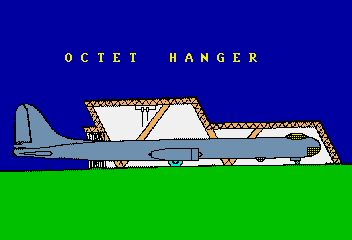Octet Truss
(or time/size-realized isotropic
vector matrix)
 |
Background Information
Viewed mathematically, as a generic pattern, its hubs correspond to the centers of spheres of equal radius, packed tightly together.
In crystollography, we call this the face-centered cubic lattice (fcc), as distinct from others such as the body-centered cubic (bcc), simple cubic (scp) and hexagonal closest packing (hcp).
Given the uniform distribution of points in such a lattice, plus the equal distances between each point and its 12 nearest neighbors, Fuller called this the isotropic vector matrix (IVM) used it to think about situations with everywhere-the-same energy conditions (what "isotropic" means).
The cctet truss is simply the IVM realized as an artifact for use in engineering applications. These applications range in size from the nanotechnological to the mega-structural -- or any scale in between (see Angle vs Frequency).
 |
Follow-up Resources
- Photographs of octet truss structures at Hop's website
- From RBF's patent drawing and explanation (Hop's)
- For photographs (including an airplane hangar) visit Geometrica
- Space frame in Persia (Iran)
- Pioneering work on the octet truss was done in the early 1900s by Alexander Graham Bell
- VRML view of the octet truss (octplane.wrl)
- Crystal Ball Sequence (Jupyter Notebook on Github)
- Getting Serious About Series (4D Solutions)